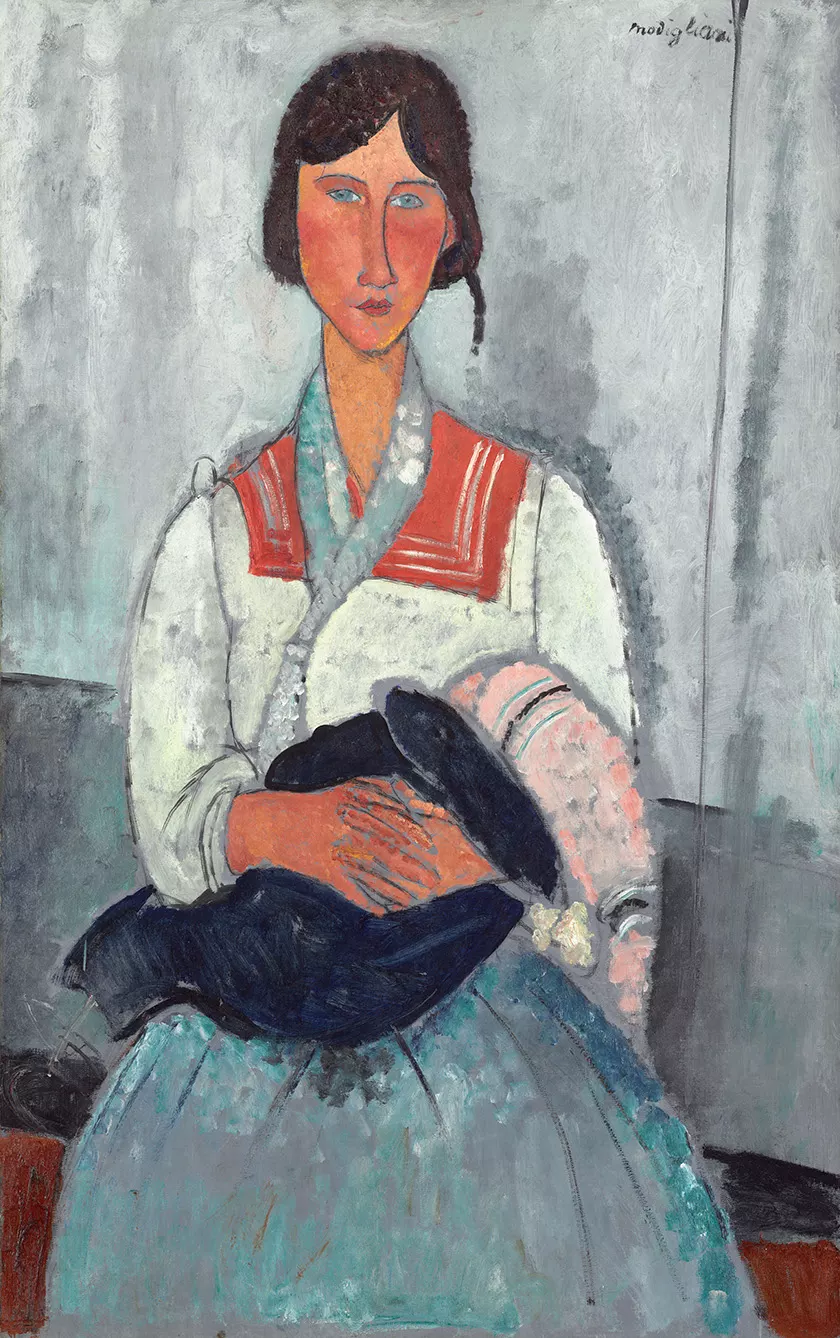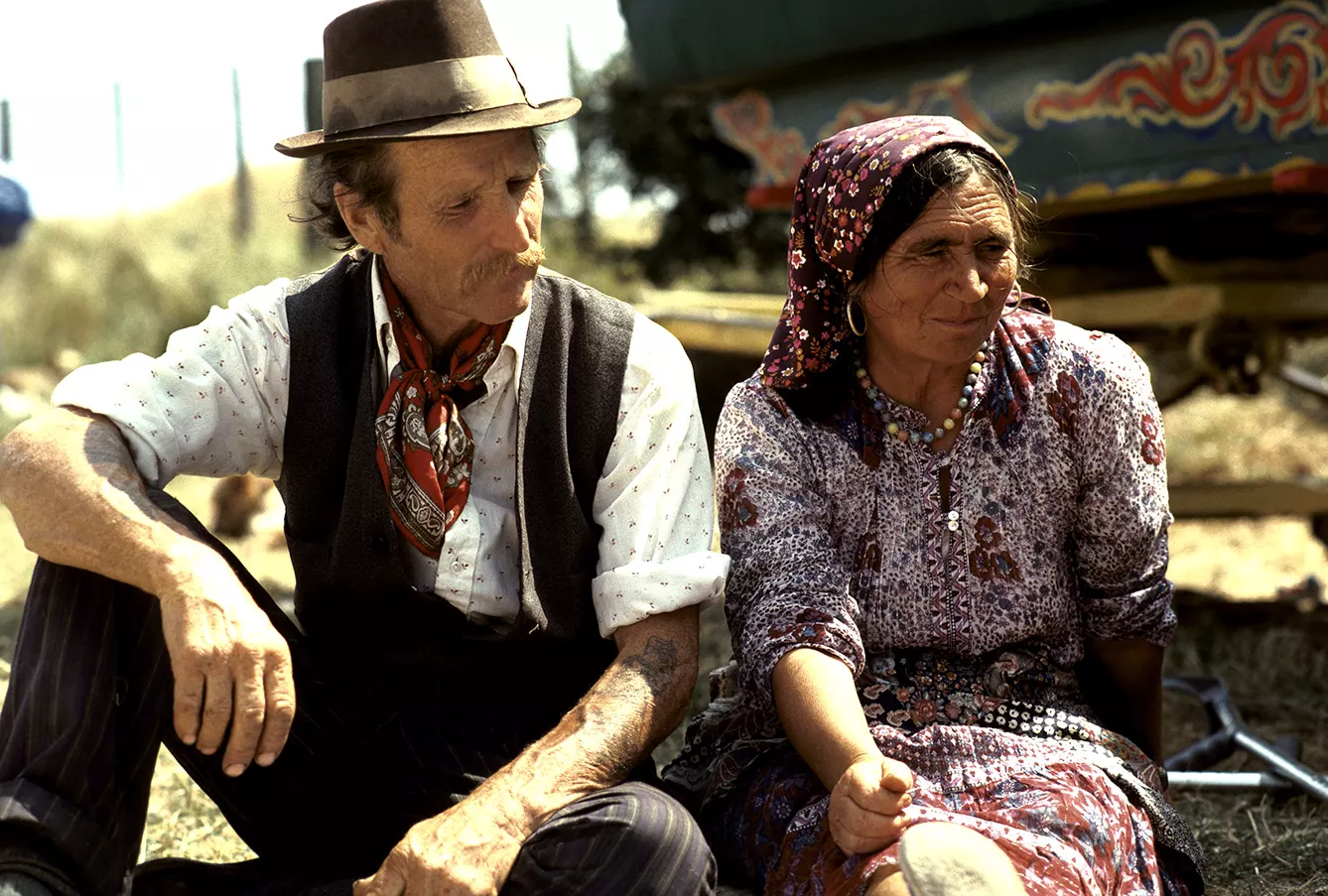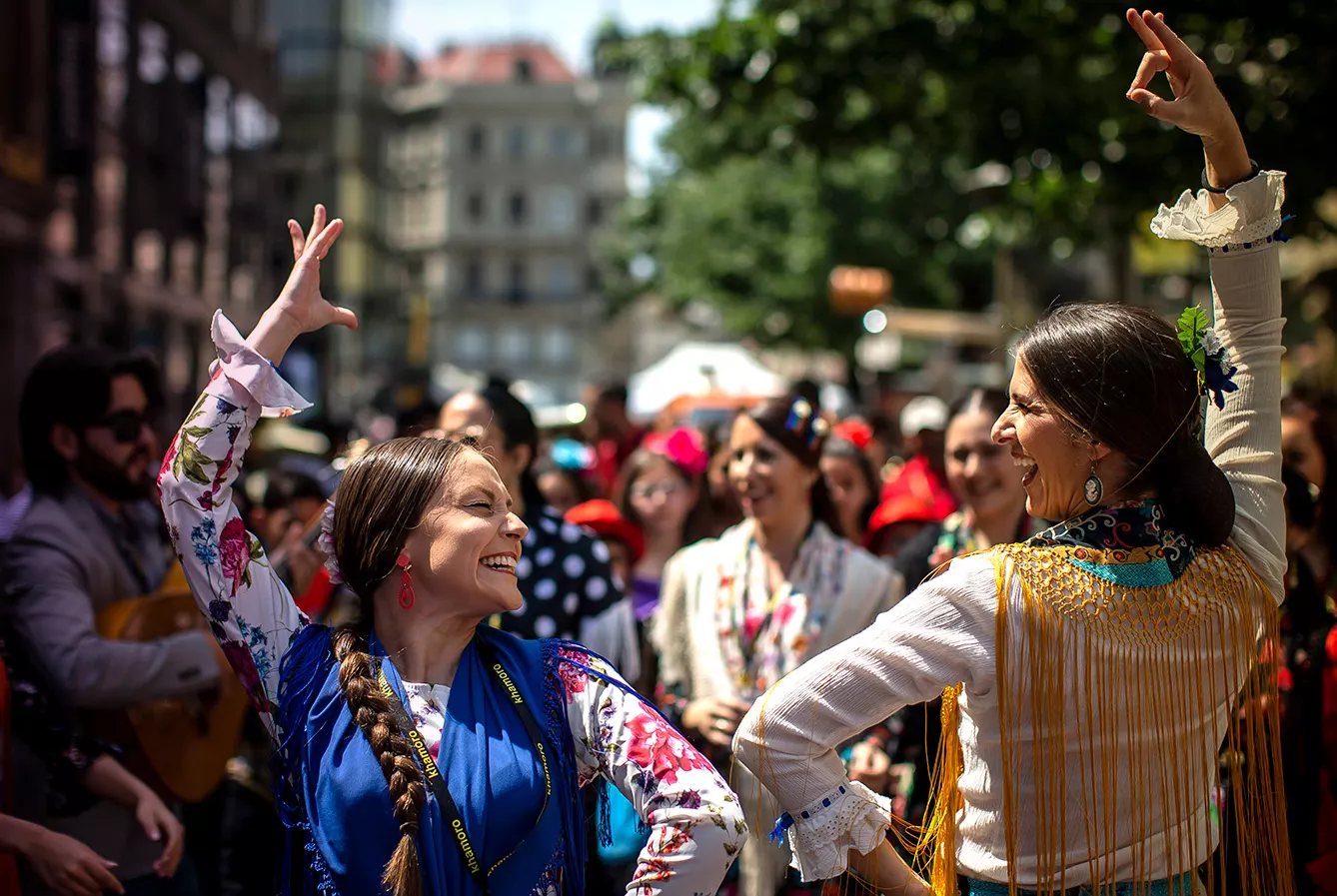When Symon Symeonis, a 14th-century Franciscan friar, pilgrimed to Holy Land in 1322, he met a group of dark-skinned people in the Greek city of Heraklion, a sight he had never seen before. He called them “the descendants of Cain,” after the Biblical figure, one of the two sons of Adam and Eve, aka the one who killed his brother.
This is the first recorded encounter of a European traveler with Romani, wandering tribes of somewhat mysterious origin found in abundance in Central Europe. The description is worth attention, as it shows the level of complication of European Romani history from that day onward: a welcome, colorful, and magnificent, yet somewhat suspicious group of people who simply can’t – or won’t – blend in.


Can a word describe the richness of a Romani culture?
The name Roma, or Romani, popularized in the last decades as neutral and descriptive, is meant to cover all that richness of millions of people across the world. It is a nation with no country of its own, feeling at home in many places. Across the various countries, there are more words to describe this tribe, including English Gypsy, Iberian-style coming from Gitano, or those modeled perhaps after Cigano in French. However, many of these terms have fallen into disuse – some because they had been turned into slurs, some just because they don’t describe the richness of the entire phenomenon.
It’s hard to tell how many Romani there are in the world. Take Czechia, for example. It is a Central European country with a sizeable Romani population. According to some estimations, there are a quarter million inhabitants of Romani origin, but the official census says there are only 40 thousand Romani speakers.



As their language – now divided into different dialects – is not a written one, Romani are usually forced to be bilingual, knowing the formal language of the country they live in. And despite their population being the largest in Brazil, Spain, and the United States, the launchpad for their dispersion was somewhere in Central Europe.
Mysterious Romani origins
Their exact origin is only a guess. However, it’s a guess that gets more educated over time. For centuries no one really knew where Gypsies were from, though Roma/Romani sounds close to Romanian. (*Even now, Wikipedia warns from mistaking one for the other.) And it has a point, as there may be up to two million Romani in Romania, although the two ethnic groups are entirely different.
With a distinctive language, a nomadic way of life, and a culture based on entirely different premises (say, what’s clean and what’s polluted, what’s sacred and what’s profane, gender roles, and so on), there was – and is – a large field for misunderstanding.
But recent genetic evidence confirms what was already known: Romani are long-split descendants of some Northern Indian groups that were ancestors of today’s lower castes. Having left India around the 7th century, they came to Turkey after a few centuries, later spreading across the Balkans (where, in Greece, Symon Simeonis met them first). From there – they traversed the world.
In the hard-to-pin numbers, you can still experience their culture across Central Europe, from Romania to Bulgaria to Hungary, Czechia, Slovakia, Austria, Poland, and Croatia. Having survived the Nazi genocide (again, the numbers of Romani killed vary wildly, from 220 thousand to 1.5 million) and “minor” prosecutions, they still enrich what’s perhaps among the most colorful and rich macro-regional cultures in the world.







